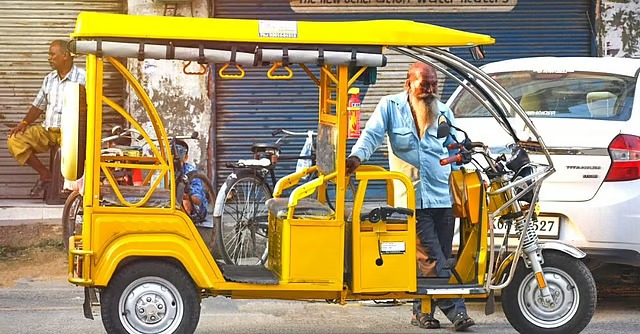Norman Macleod, Kt., C.J.@mdashThe plaintiff sued to recover by partition half a share in the lands specified in the plaint. Admittedly those lands were originally held by one Naikanna who appears at the head of the pedigree at p. 3. There were two branches, that of Dod-Appaya and San-Appaya. The first defendant through whom the plaintiff claims is the daughter of Satyappa, the son of San-Appaya, who died in 1898. It was originally strenuously contended that the family was still joint, and that therefore, Dod-Appaya''s branch succeeded by survivorship to the branch of San-Appaya on the death of Satyappa. But it has been proved beyond all doubt that before Satyappa died his branch was divided, and he was with regard to the plaint properties a tenant-in-common. The plaintiff''s suit has been dismissed as barred by limitation. But the learned Judge has held the suit barred under Article 136 of the Indian Limitation Act, which clearly does not apply to this case, although possibly Article 144 might. The present respondents Nos. 7 to 11 ware mortgagees from the members of Dod-Appaya''s branch, The argument in their favour seems to be this, that they were given possession by their mortgagors of the whole of the lands, and that therefore, they held adversely against Satyappa, and after his death against his daughter Satyava, so that if they had been in possession for twelve years, they would acquire good title as mortgagees not only to the interest of Dod-Appaya, but also to the interests of- the other branch as well. The learned Judge appears to us to have failed to realize what is the position of a co-tenant- in-common, if he is out of possession. It does not follow that because he is out of possession time immediately begins to ran against him; in other words, it does not follow that because one of two tenants-in-common is in possession that he is holding adversely to the other tenant-in-common. There must be evidence of ouster, that in to say, the evidence of a denial by the tenant in possession of the right of the tenant who is out of possession to share is the profits of the property. As stated in Gangadhar v. Parashram I.L.R (1905) Bom. 300, : 7 Bom. L.R. 252, "to constitute an adverse possession as between tenants-in-common there must be an exclusion or an ouster." Sole possession by one tenant-in-common continuously for a long period without any claim or demand by any person claiming under the other tenant-in-common is evidence from which an actual ouster of the other tenants-in-common may be presumed. It does not follow, therefore, that as soon as a receipt of all the profits by one tenant-ncommon commences, therefore time is running adversely against ;he other tenant. It is only after a continuous enjoyment by me tenant-in-common that a presumption might arise that is has denied the right of the other tenant-in-common to enjoy together with him the property. Now in this case we have the fact that after Satyappa''s death a suit was brought on behalf of Satyava, who was then a minor, for possession of her father''s share. Why she was not given possession is not very clear, but she was awarded a decree against Dod-Appaya''s branch for her share of mesne profits. One of the mortgagees was also a party to that suit. The Court said that the plaintiff should recover possession of her father''s half share in the lands mentioned by the Revision Survey Numbers and future mesne profits in respect of the said share by a properly constituted partition suit. It would be very strange, therefore, if the plaintiff should now beheld barred by limitation when suing for partition of these plaint properties, considering that his vendor in...1906 got a decree v for meane profits. The evidence with regard to the mortgagee''s possession is to our minds by no means clear, and certainly there is nothing.'' on the record to show that the mortgagees would have been in any better position than their mortgagors who had not been in possession for so long that a presumption would arise that they denied the right of Satyava to share in the profits. The decree of the lower Court must be set aside. There must be a decree for partition as prayed, with an inquiry with regard to mesne profits with regard to three years before suit and future meane profits according to the usual rule. The plaintiff will be entitled to his costs throughout.
Shivalingappa Satvirappa Vs Satyava Laxaman
Bench: Division Bench
Acts Referenced
Judgement Snapshot
Case Number
First appeal No. 45 of 1916
Hon'ble Bench
Shah, J; Norman Macleod, J
Acts Referred
- Limitation Act, 1963 - Article 136
Judgement Text
Translate:

